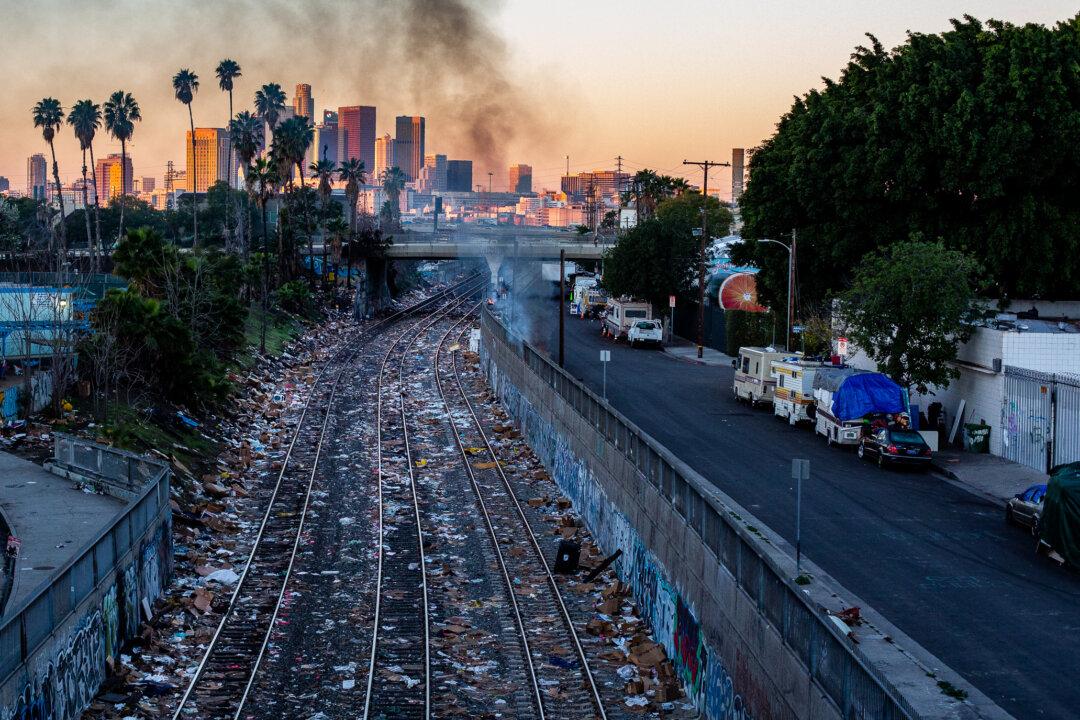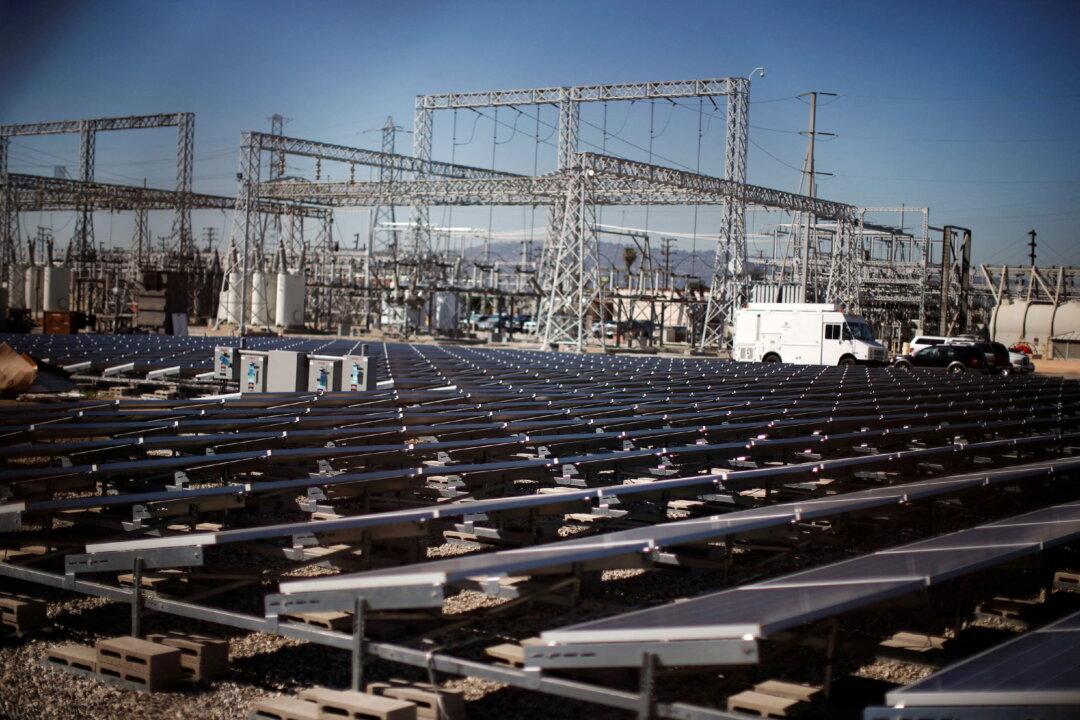Commentary
California is a state of contradictions. Silicon Valley-San Francisco is the epicenter of global digital production and wealth. Yet the streets of San Francisco are cluttered with the homeless and their ordure and discarded needles. The middle class long has departed the Bay Area, or been reduced from that status to lower-class existence just by the vastly rising cost of living. As with the rest of the state, when the cost of living is taken into account, the poverty level is the highest in the nation.





